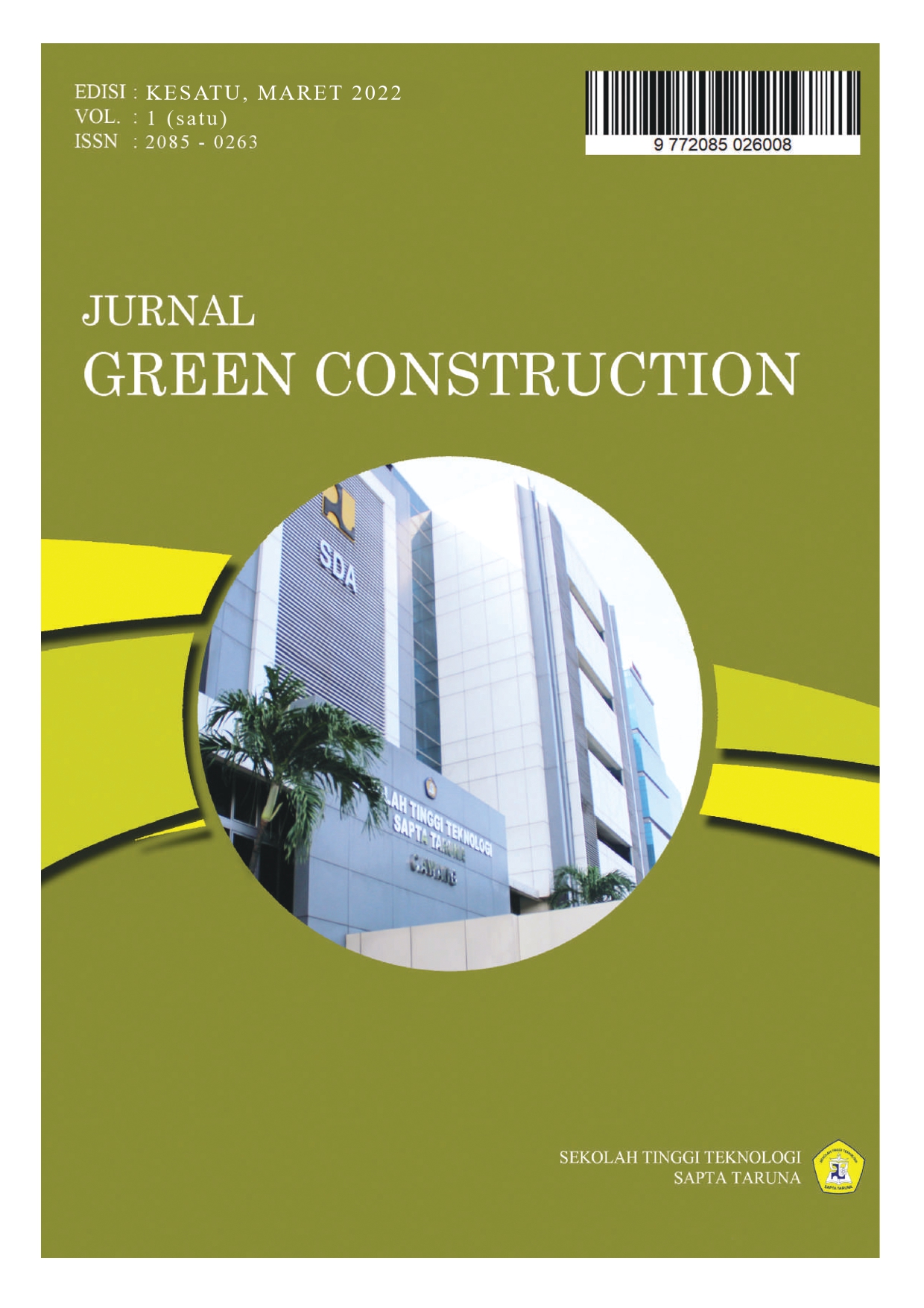POTENSI TIMBULAN DAN KOMPOSISI SAMPAH DI KOTA TANGERANG
Kata Kunci:
waste, composition of waste, generation of waste, type of waste, density of wasteAbstrak
Tangerang City has an economic growth rate of 6.1%, according to 2007 data, and the rate of economic growth affects consumption and lifestyle. Along with the increase in population and human activities, the amount and type of waste produced also increases. Currently, waste management in South Tangerang City is carried out indirectly. The purpose of this study was to determine the composition of waste production data in order to improve the waste management system in South Tangerang City. The method used in this research is direct measurement. Based on the findings of this study, Tangerang City produces 972,628.59 kg of waste every day. Kitchen waste is the largest part of the physical component of waste. The following is a list of waste generated: restaurants 1.3244 kg/seat/day, shops 14.2581 kg/store/day, hotels 0.0838 kg/bed/day, offices 0.5159 kg/employee/day, schools 0.0163 kg/student /day, market 0.0480 kg/kiosk/day, road sweeping with waste density 0.1653 kg/l, garden sweeping with waste density 0.1148 kg/l.
Unduhan
Referensi
Anonim.(2008). Undang–undang Republik Indonesia Nomor 18 Tahun 2008 : Pengelolaan Sampah, UU-18/2008.
Anonim (2018) BPS Kota Tangerang Selatan, tahun 2018.
Anonim.(2019). SNI 19-3964-1994: Komposisi dan Karakteristik Sampah. Badan Standarisasi Nasional. Jakarta
Damanhuri, Enri. (2004) Pengelolaan Sampah. Bandung
Damanhuri, W. Handoko, T Padmi. (2014) Municipal Solid Waste Management in Indonesia. ITB, Bandung.
Enri, Damanhuri. (1979). Waste Disposal and Resource Recovery. ITB, Bandung.
Anonim. (2015). Rencana Induk Sistem Pengelolaan Sampah Terintegrasi di Kota Tangerang Selatan tahun 2015. Tangerang Selatan. 73


